One of the joys of writing “Murder Becomes Macau” has been the opportunity to present to readers the glorious architecture one finds both there and in nearby Hong Kong. murderbecomes.com
I conducted business in Hong Kong several times in the 1980s and it quickly became one of my favorite cities. A key reason: the remarkable structures both on Hong Kong Island and, across the harbor, Tsim Sha Tsui.
For example, note below how the architects incorporated in a building in Hong Kong, what’s known as a ‘dragon’s gate.’ It’s a ‘window’ of sorts found in many Hong Kong buildings, and it has a magical purpose explained in the book.
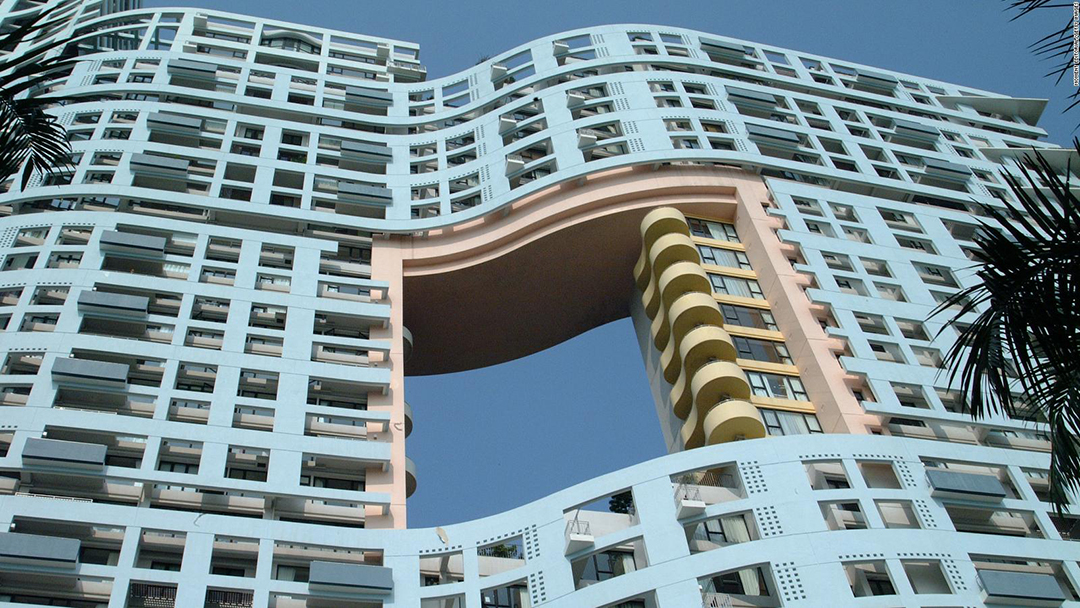
In contrast, note the historical magnificence of the Ruínas de São Paulo (immediately below) and the A-Ma Temple on Macau. The book also explains the significance of these religious structures, which stand in stark contrast to the sleek grandeur of Macau’s many casino hotels.

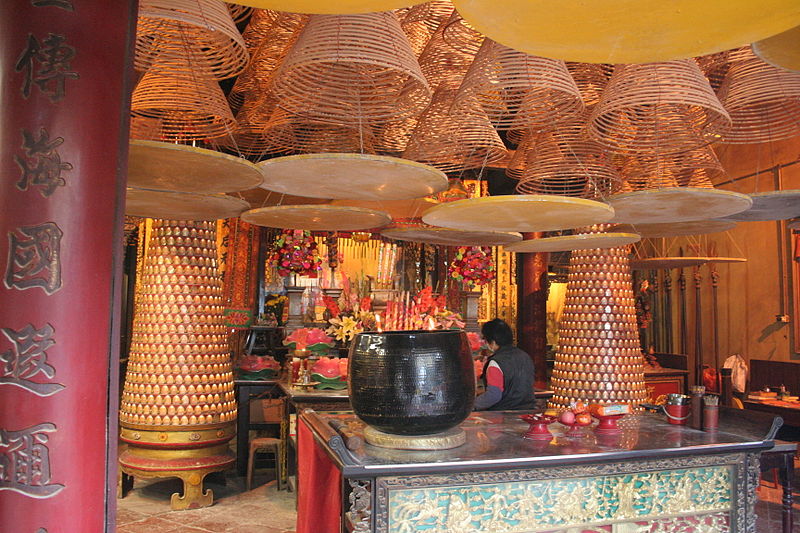
“Murder Becomes Macau” is about much more than just solving a murder. It’s also about how architects around the world, and throughout time, have built the buildings the way they have.
I really hope you enjoy the fourth installment in the Dalton Lee/Murder Becomes mystery series. Learn more about it at: https://murderbecomes.com/macau.html

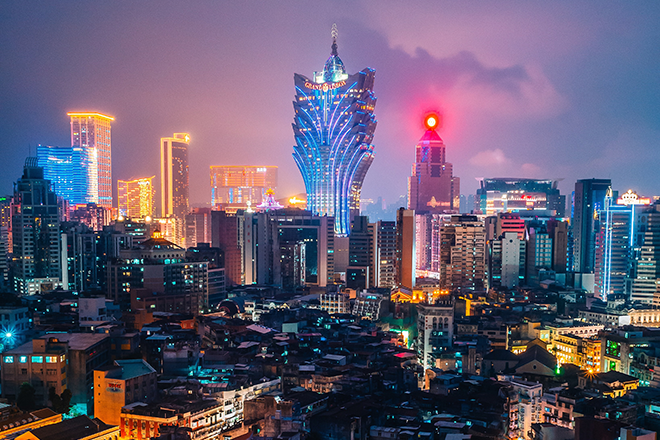
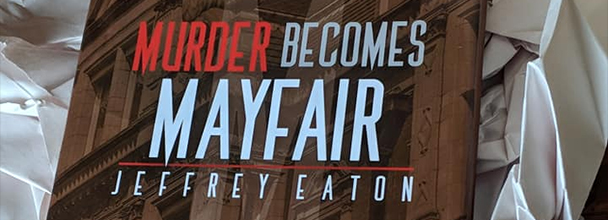 Few things warm an author’s heart more than seeing the first run of a new novel arrive at one’s doorstep.
Few things warm an author’s heart more than seeing the first run of a new novel arrive at one’s doorstep.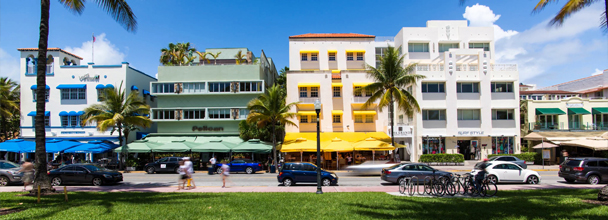 Last night I sat down to a plate of calamari and a glass of pinot grigio at my favorite Italian restaurant to map out the plot to my next book, “Murder Becomes Miami.” Even though “Murder Becomes Manhattan” just landed a few weeks ago, I am itchin’ to carry on the tale of Dalton Lee and the architect/detectives who make up The Lee Group.
Last night I sat down to a plate of calamari and a glass of pinot grigio at my favorite Italian restaurant to map out the plot to my next book, “Murder Becomes Miami.” Even though “Murder Becomes Manhattan” just landed a few weeks ago, I am itchin’ to carry on the tale of Dalton Lee and the architect/detectives who make up The Lee Group.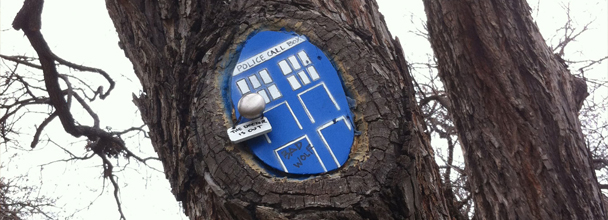 They seemed to appear overnight. Small, colorful doors, with locks, embedded in tall trees in a greenbelt in my neighborhood. Quirky, intriguing and mysterious.
They seemed to appear overnight. Small, colorful doors, with locks, embedded in tall trees in a greenbelt in my neighborhood. Quirky, intriguing and mysterious.
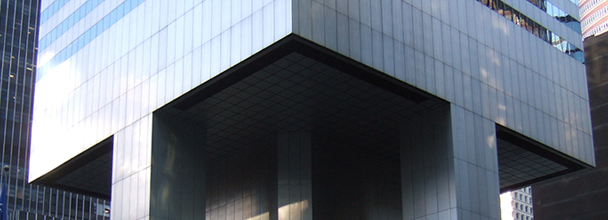 There’s so much groundbreaking architecture in Manhattan. Who can resist the pull of the Guggenheim Museum, the New York Public Library or Grand Central Station? Yet none of those get coverage in my novel Murder Becomes Manhattan. Why is that, a couple of early readers have asked.
There’s so much groundbreaking architecture in Manhattan. Who can resist the pull of the Guggenheim Museum, the New York Public Library or Grand Central Station? Yet none of those get coverage in my novel Murder Becomes Manhattan. Why is that, a couple of early readers have asked.